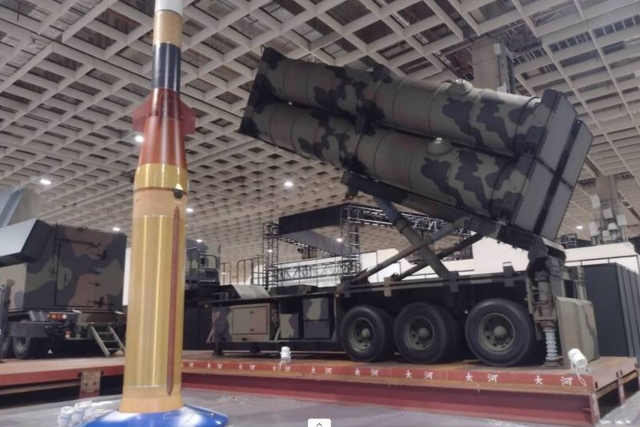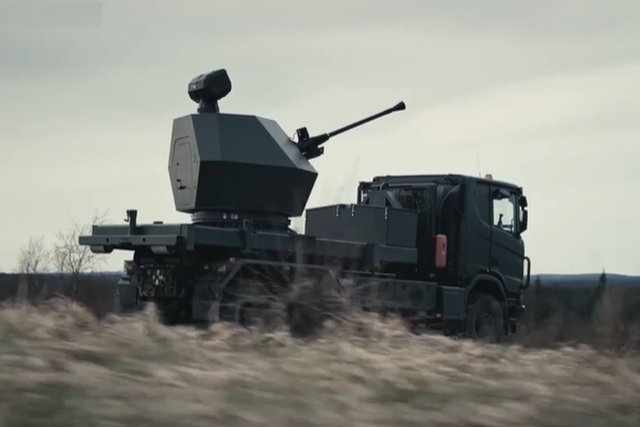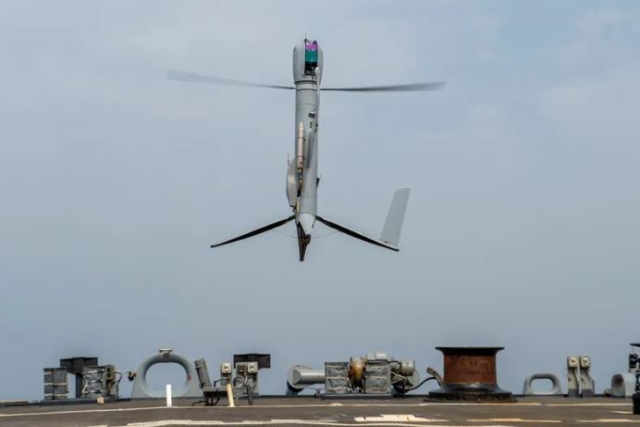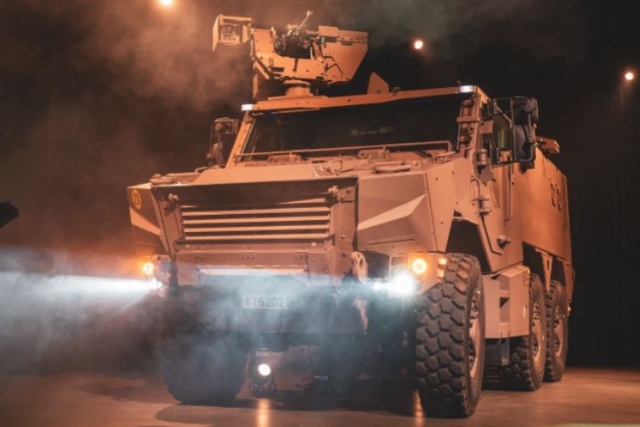Rafale back in IAF competition with AESA radar

The Rafale aircraft made by Dassault of France will get the RBE2 Active Electronically Scanned Array (AESA) radar manufactured by Thales early next year. The ASEA radar is a requirement of the Indian Air Force (IAF) for its $10 billion tender for 126 fighters. The IAF tender requires that the ESA radar and major systems on the fighter should already be in service with a foreign air force. While the Rafale is in service with the French Air Force, the AESA radar is under development and has completed flight tests mounted on the Rafale. The French MoD is expected to give a series production order by the year end for inclusion of the radar in the next batch of 60 Rafales meant for the French Air Force and Navy. Dassault and Thales executives have been quoted as saying that the AESA system will be offered as the standard radar in the Rafale bid for fighter aircraft procurement programmes in several countries including Brazil, India and Switzerland. Thales will deliver the first of two AESA production radars - to Dassault early next year under the terms of a development and integration contract awarded by France's defence procurement agency (DGA) in 2007. The technology should be cleared for service by late 2011 and enter air force use the following year. This timeframe suits Rafale’s bid for the IAF as the tendering process is not expected to be completed before 2012 and induction in 2012-2013. The Dassault/Rafale team appears to have forged ahead in AESA testing and integration as other IAF tender contenders such as the Eurofighter Typhoon and the SAAB Gripen are still in the development phase with little information when the AESA radar would be integrated with in-service aircraft. A Thales executive was quoted as saying, "We are not afraid of any weakness in terms of reliability. "We are clearly ahead of the other radar manufacturers in Europe". The AESA radar provides an increase of more than 50% in detection range and reduced life-cycle costs. The Thales AESA radar design is free of US International Traffic in Arms regulations as well any US patenting conditions, the Thales executive was quoted as saying.










